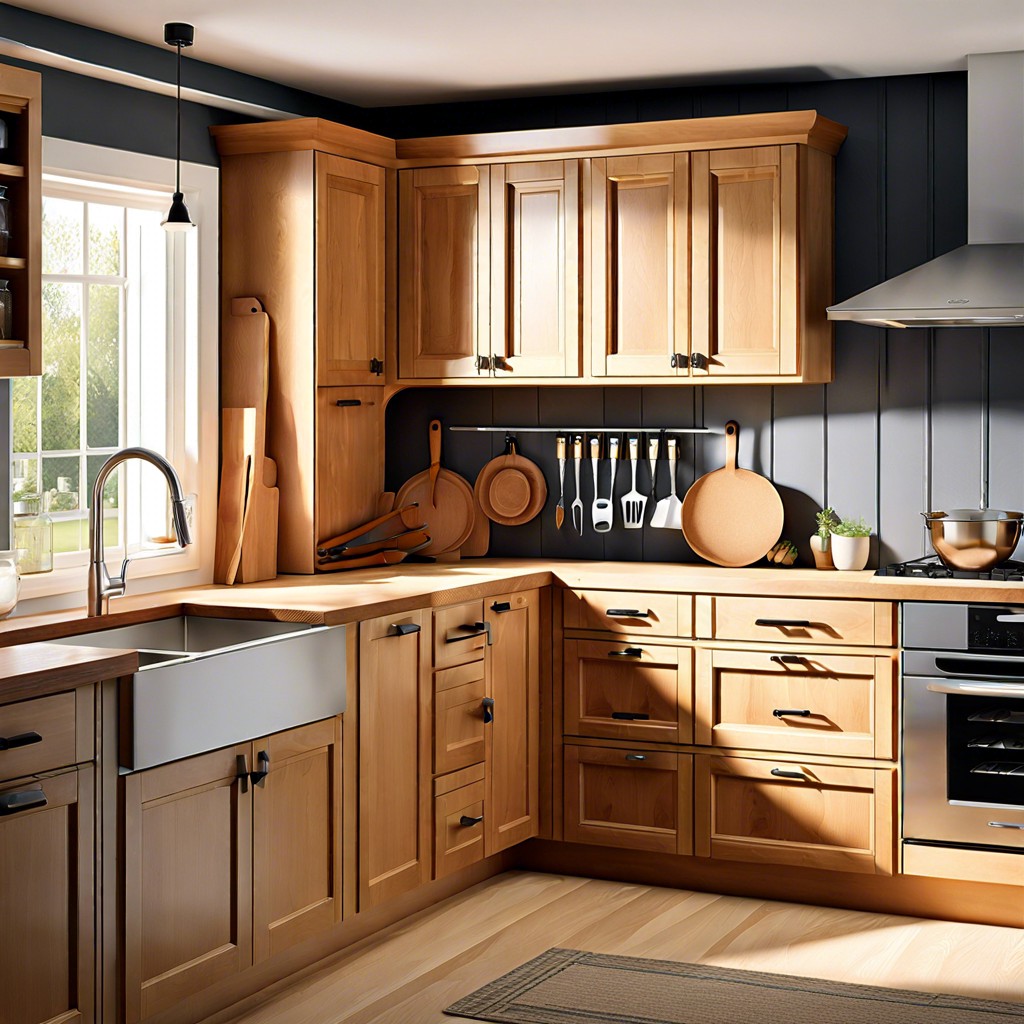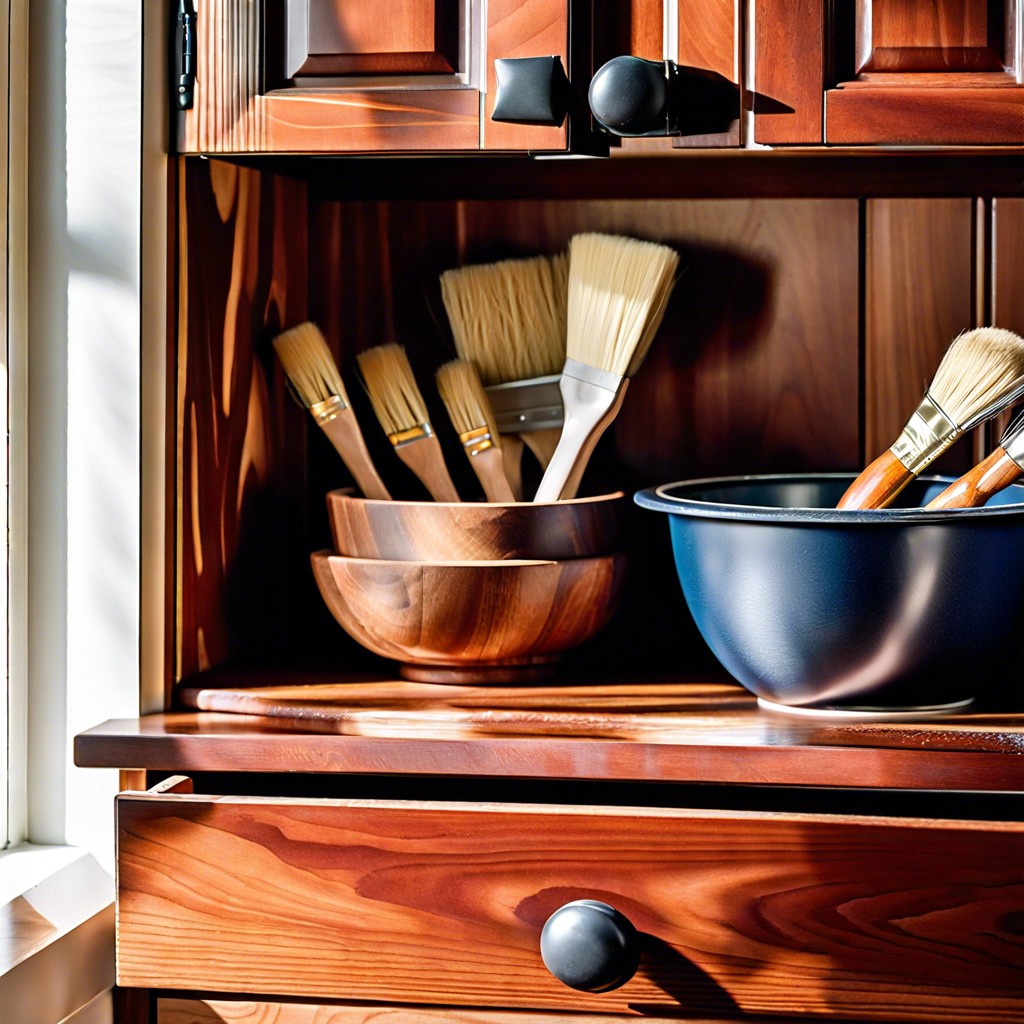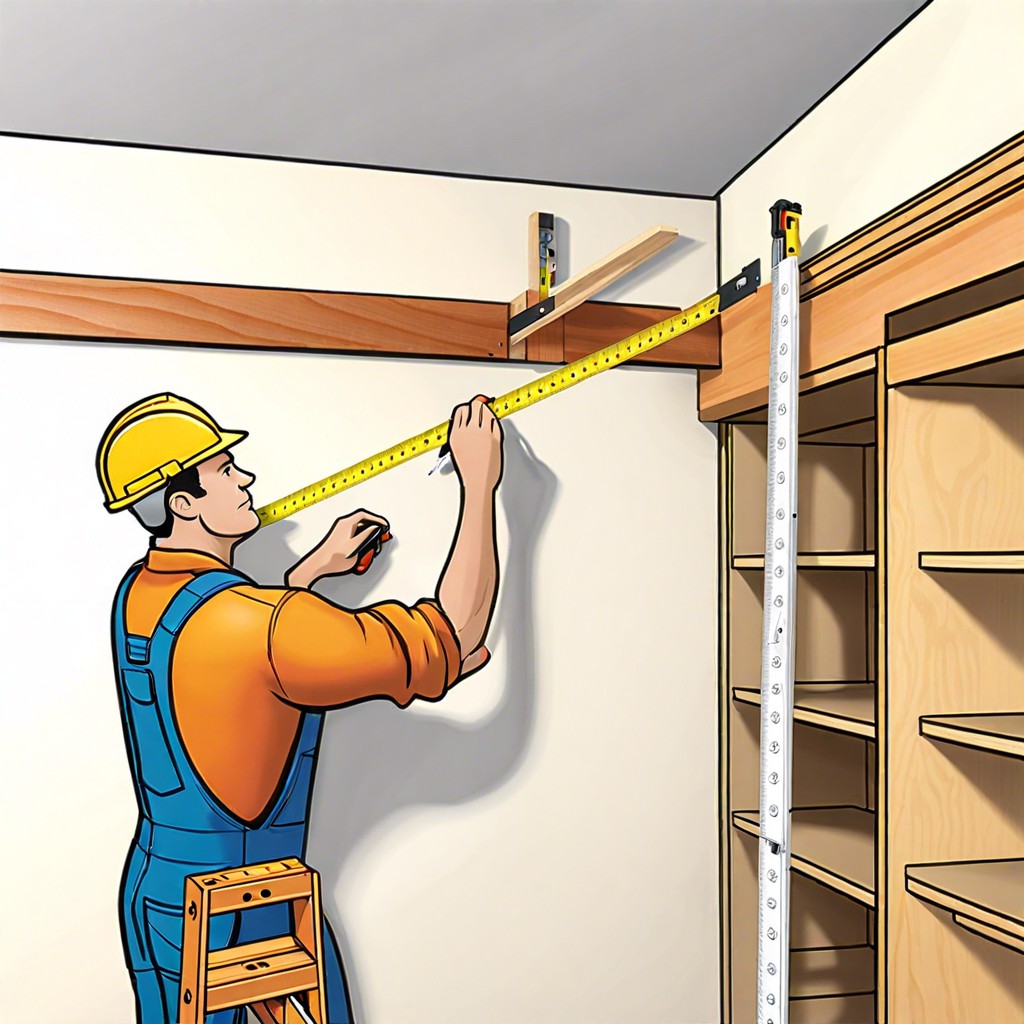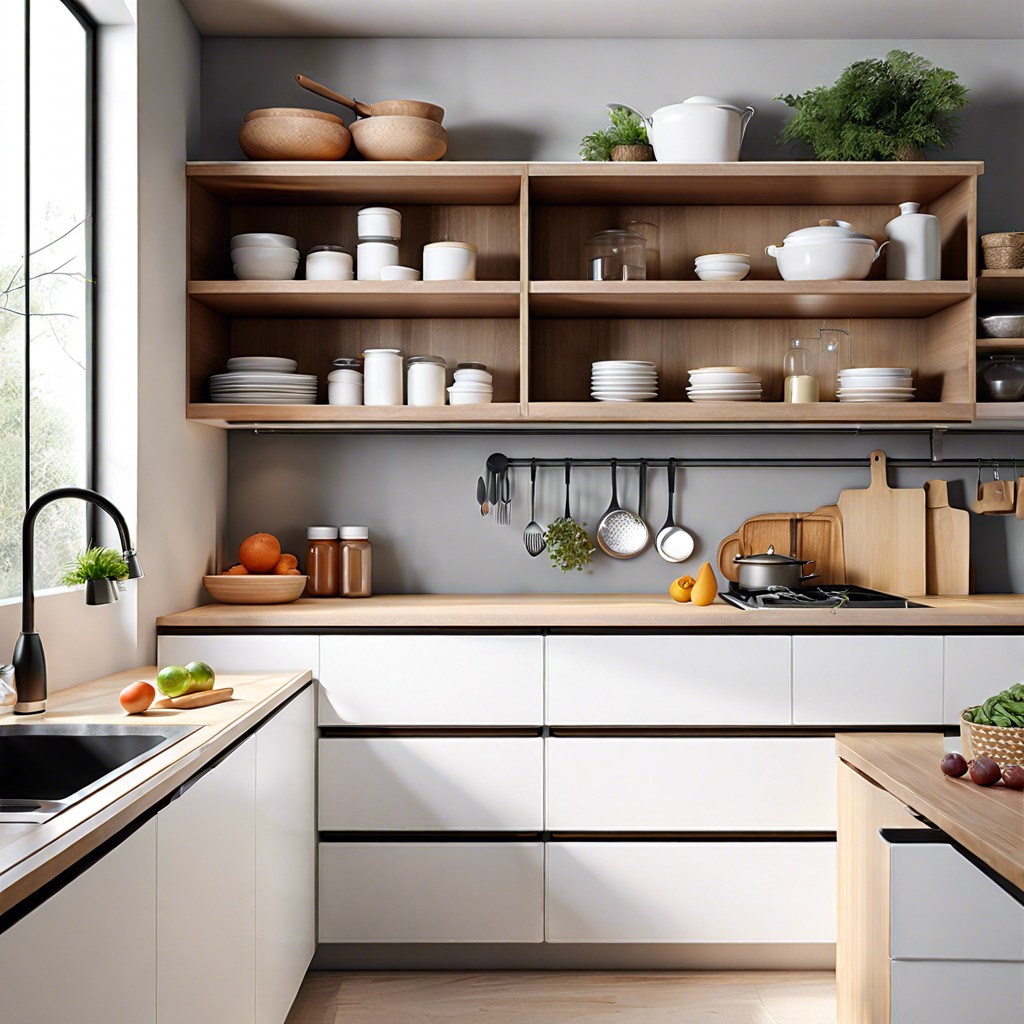Last updated on
Discover practical tips for optimal cabinet handle placement to enhance functionality and aesthetics in your kitchen or bathroom.
Key takeaways:
- Choose the right type of cabinet handle for your design style.
- Follow proper placement guidelines for optimal functionality.
- Consider the size and proportion of the handles to ensure balance.
- Focus on both form and function when selecting cabinet handles.
- Avoid common mistakes such as clashing styles and inaccurate measurements.
What's Inside
Types of Cabinet Handles & Hardware
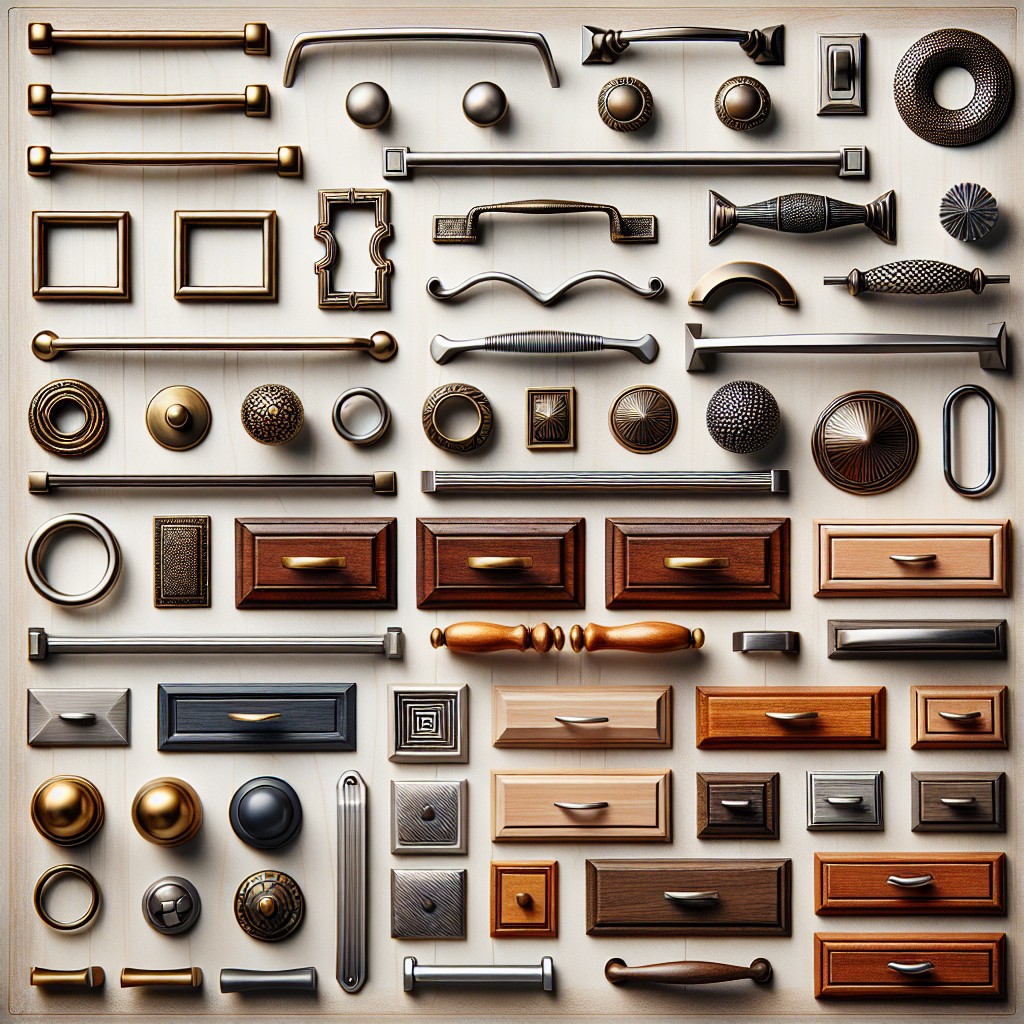
Cabinet hardware comes in a myriad of styles, shapes, and finishes. Knobs, typically small and round, suit drawer fronts and small cabinet doors. Easy to install with a single screw, they’re a popular choice for a subtle touch.
Pulls, on the other hand, offer a larger gripping area and create a bold statement, ideal for larger drawers and cabinets. Bar pulls, a subset, boast a modern aesthetic, often seen in contemporary kitchens.
Cup pulls, with their half-moon shape, are frequently found in classic or farmhouse-style kitchens. They’re ergonomic, allowing for comfortable finger placement. T-Bar handles amplify the minimalistic appeal, seamlessly blending into modern designs. Drop handles provide an elegant, vintage look, often reserved for furniture-style cabinetry or period homes.
Choosing the right finish—be it brushed nickel, brass, black matte, or chrome—can define your space’s overall feel. Matte black lends a dramatic flair, while brushed nickel is versatile for various design schemes. Consider the longevity and wear of these finishes, as knobs and pulls are high-touch surfaces.
Placement + Positioning of Cabinetry Hardware
There’s a sweet spot for where your hardware should live on cabinets, and while it might seem minute, the correct placement can elevate the look and functionality of your space. For drawers, you typically want to position pulls and knobs centered both horizontally and vertically. This central position ensures that no matter the size of the drawer, the hardware will look cohesive and be practical to use.
On upper cabinets, knobs should be placed on the bottom corner of the door frame, opposite the hinge, around 2.5 to 3 inches from the bottom and the side of the cabinet door. This area is easy to reach and provides a seamless sightline when multiple cabinets are used.
Lower cabinet pulls benefit from being positioned in the upper corner, also opposite of the hinge. By placing them approximately 2.5 to 3 inches from the top and side, you allow users to open the cabinets without having to bend down too far, optimizing comfort and accessibility.
For tall pantry or utility cabinetry, consider splitting the pull placement. If using one pull, place it at the user’s shoulder height. If you’re opting for two pulls, one should line up with the lower cabinet hardware, and the other with the upper hardware, creating a sense of balance and symmetry.
Remember, the aim is to find a balance between aesthetics and ergonomics. Test out the placement before drilling holes to ensure it feels natural to use and pleases the eye.
What Size Should Your Cabinetry Pulls Be
Selecting the right size for your cabinetry pulls is not just a matter of aesthetics; it directly impacts usefulness. Here’s a primer to get it right:
Proportion is Key: Choose pulls that are in harmony with the size of your cabinet doors and drawers. For standard cabinets, pulls that are approximately one-third the length of the drawer provide a pleasing balance.
Comfort Matters: Think about grip space; if the pull is too small, it might be challenging to grasp, whereas oversized pulls can overpower the cabinet and detract from the overall design. A good rule of thumb is to choose pulls with a grip space of at least four inches.
Standard Sizes: Drawer pulls are typically between 3 to 4 inches long, though larger drawers may benefit from longer pulls for a more contemporary look and easier access.
Door Hardware: When it comes to cabinet doors, knobs are often used, which are usually about 1 to 1.5 inches in diameter. For pulls on doors, the standard is to keep them smaller than drawer pulls to maintain a hierarchy of elements.
Consistency is Important: Keep hardware size consistent across all cabinets for a cohesive look. If you want variation, ensure that it’s intentional and aligns with the kitchen’s design theme.
Test Before You Invest: Before making a final decision, purchase a sample pull to test it out. This step allows for a tactile assessment—ensuring comfort, function, and scale are all in check before committing to the entire kitchen.
Consider Form and Function
Selecting the right cabinet handles involves a blend of aesthetic appeal and practicality. It’s vital to choose a style that complements your cabinet’s design – classic for traditional cabinetry or sleek for minimalist designs.
Consider the ease of use, particularly for high-traffic areas; a handle that is easy to grip makes for a more practical choice especially for those with limited dexterity. Additionally, the finish of your hardware can have a functional impact; brushed metals, for instance, hide fingerprints and water spots better than polished options.
Lastly, remember the role of hardware as the jewelry of cabinetry – it should not only be efficient but also enhance the overall look of your space.
Common Mistakes to Avoid in Cabinet Hardware Placement
Neglecting to consider the overall style of your kitchen can lead to hardware that clashes with your design aesthetic. Imagine a sleek, modern kitchen fitted with ornate, traditional handles—this mismatch can disrupt the visual flow.
Forgetting to factor in functionality is another common oversight. Pulls that are too small may be difficult to grasp, while oversized handles on petite drawers can overwhelm the space and make it awkward to open.
Measuring inaccurately is a recipe for unnecessary holes and unevenly placed handles. Using a template can help ensure that each handle is positioned in the same spot on every door or drawer, creating a harmonious look.
Overlooking the importance of scale can also result in an unbalanced appearance. Small handles may look lost on large drawers, while big pulls can overpower small cabinet doors. The key is to find a size that is proportional to the door or drawer.
Ignoring the finish can also diminish the impact of your chosen hardware. Cabinetry handles should complement the color of your cabinets and the tones of other metal finishes in the room, such as faucets or light fixtures, for a cohesive look.
Lastly, rushing the installation process can cause misalignment. Even small deviations can be noticeable and detract from the beauty of your cabinetry. Taking your time can make all the difference in flawless handle placement that enhances your cabinets’ form and function.
